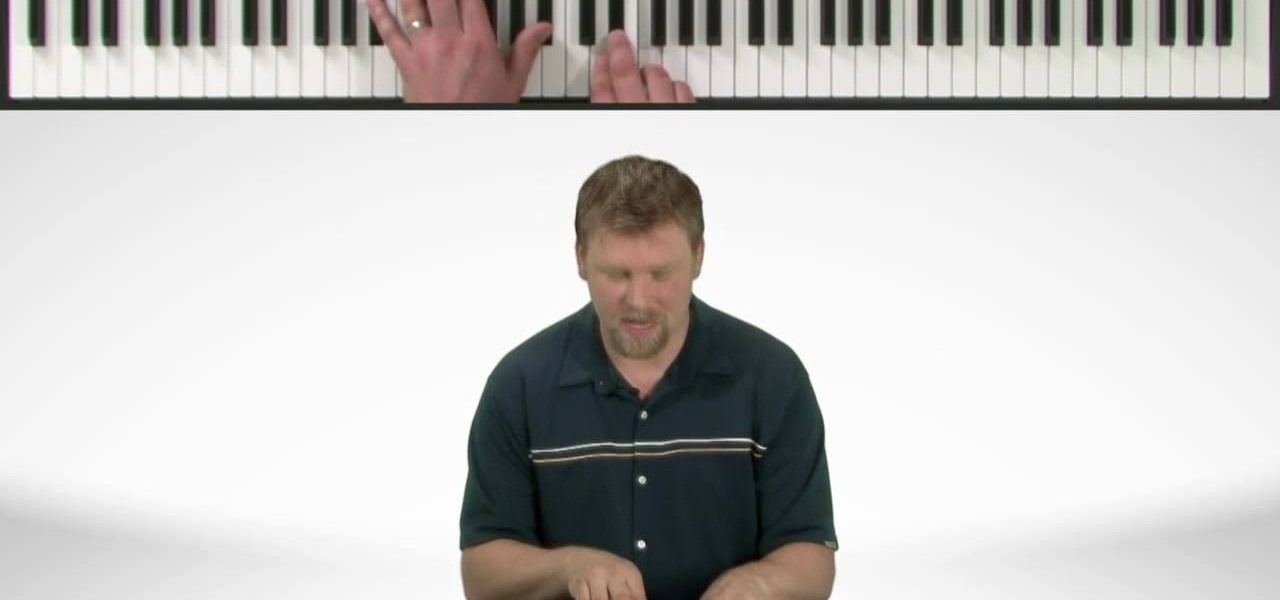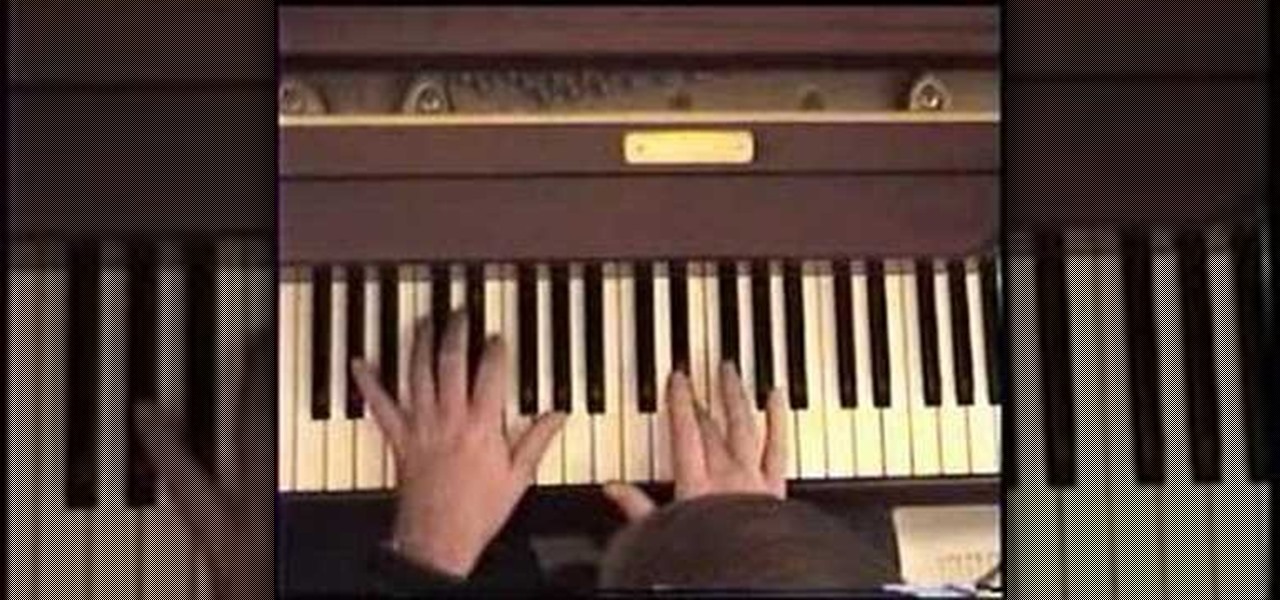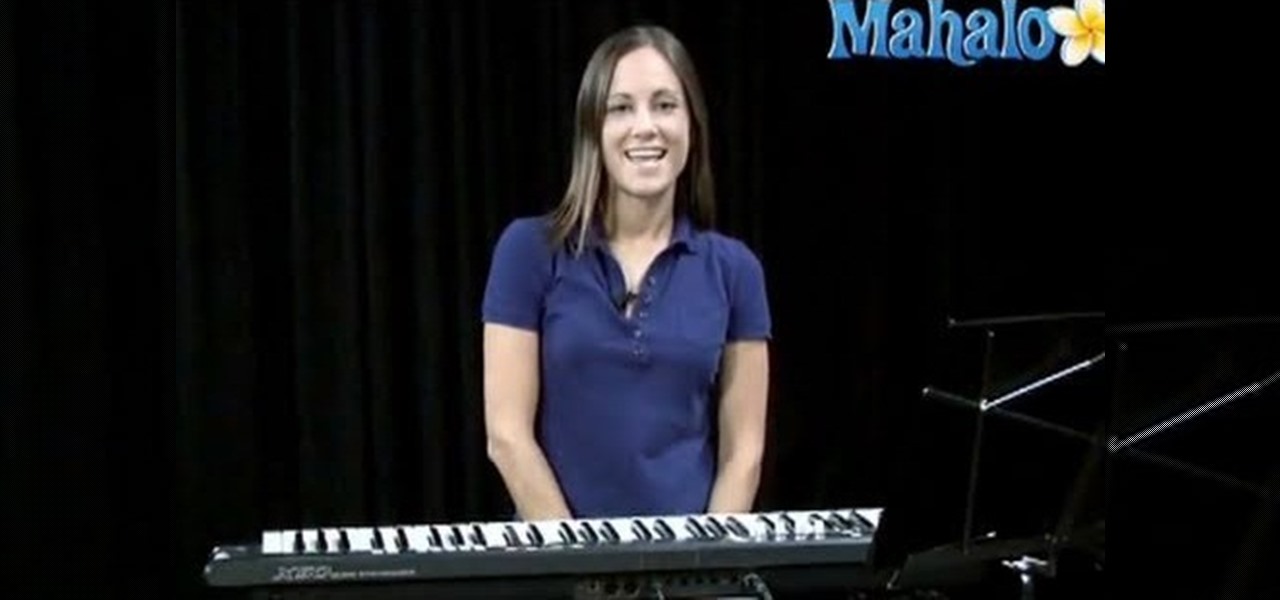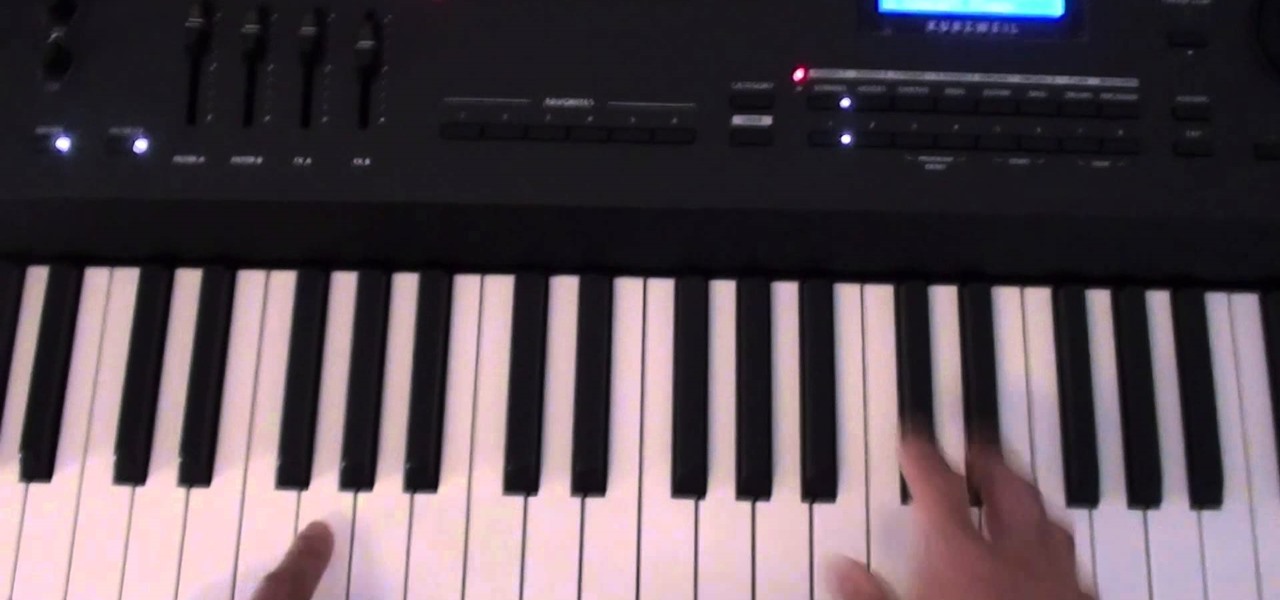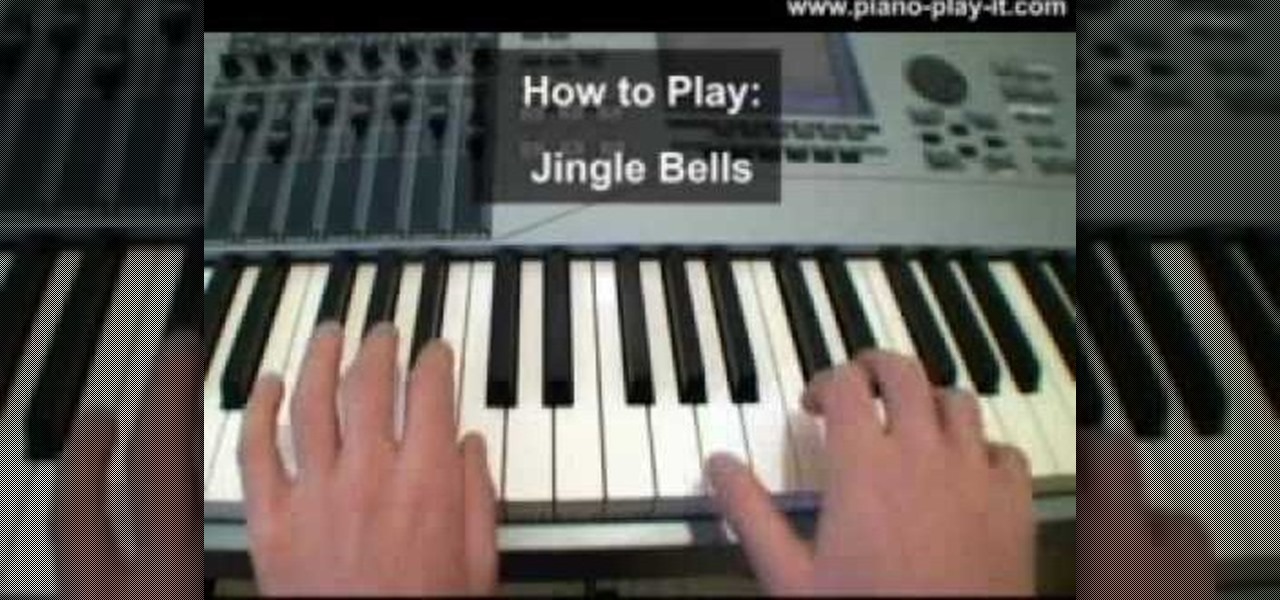Hot Piano & Keyboard Posts


How To: Play the song "Black Keys" by the Jonas Brother on piano
The Jonas Brother may not be the kings of pop anymore since Nick Jonas emergence as a solo artist. Their songs still resonate with their millions of adoring fans though. If you play a little piano and count yourself among those fans, give this video a try. It will show you how to play a cover of their hit song "Black Keys" on piano.

How To: Play "BigCityDreams", "DareDistance" and "She'sGotStyle" by NeverShoutNever
NeverShoutNever are a pretty cool band, but their songs are ridiculously easy to play on guitar, piano, or shamisen. So easy, in fact, that this video will teach you how to play three entire songs on piano which all use the same chords. They are "BigCityDreams", "DareDistance", and "ShesGotStyle".
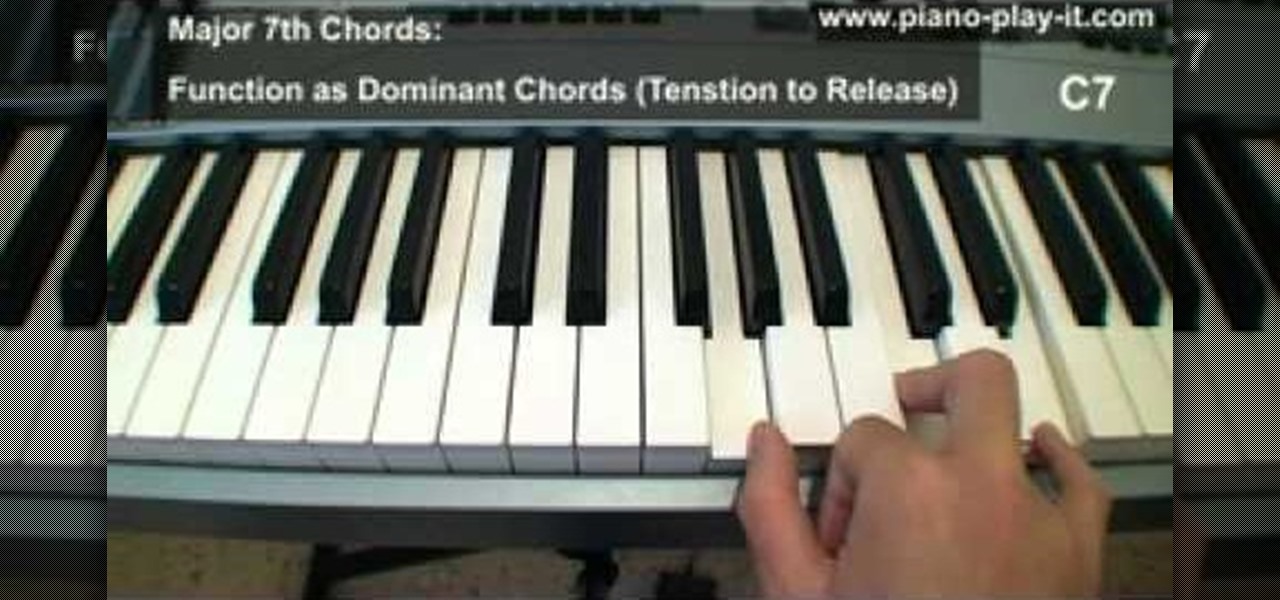
How To: Construct triad chords and 7th chords on the piano
This piano lesson is both a music theory approach to playing and an actual working piano lesson, which offers you a great chance to apply what you've just learned. Follow along with the video to learn how to understand and construct triad chords and, later, 7th chords.
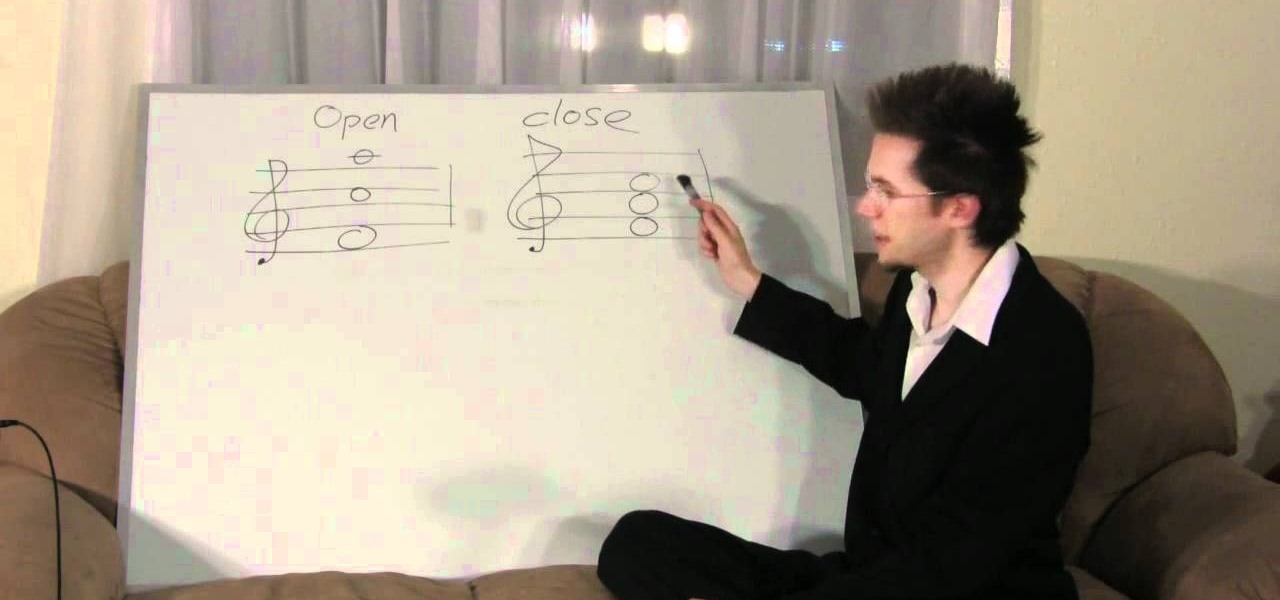
How To: Play open and closed chords on the piano
Open chords are pretty simple to understand. They're basically notes in a chord that you don't play or finger.
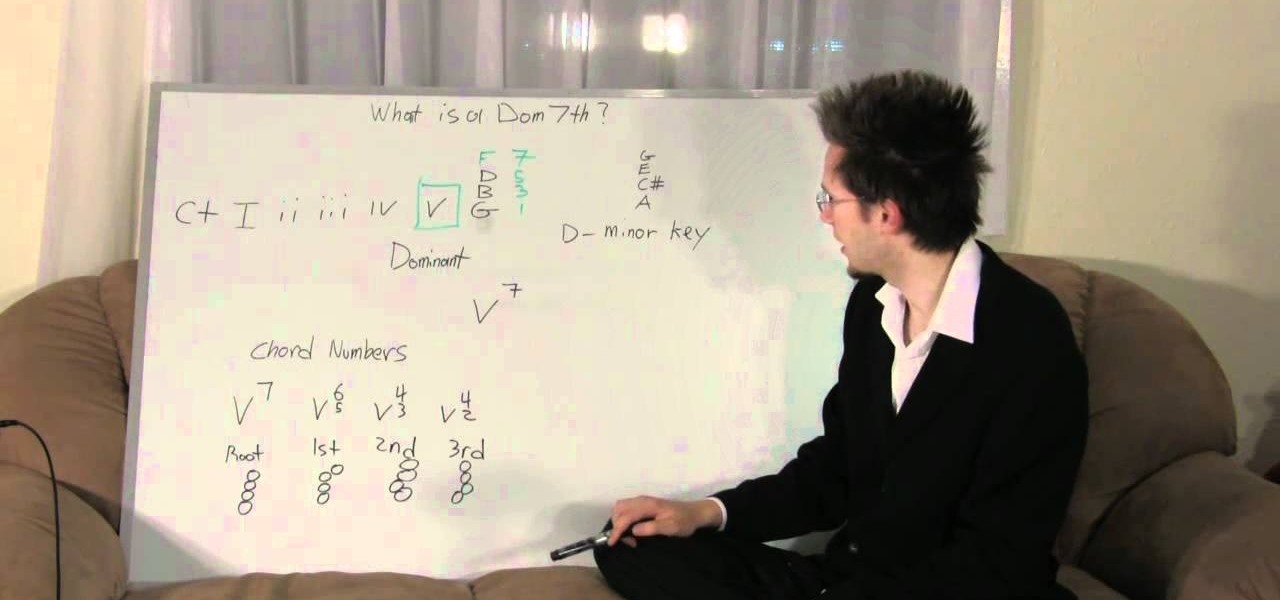
How To: Play dominant and dim 7th chords on the piano
No matter how great you are at playing the piano, and even if you're a natural who can strum out Rachmaninoff perfectly simply by listening to it once, music theory should still be a vital part of your music learning process. Whether you're a beginning piano player or an advanced professional looking to polish up your music theory skills, you should check out this music theory tutorial.
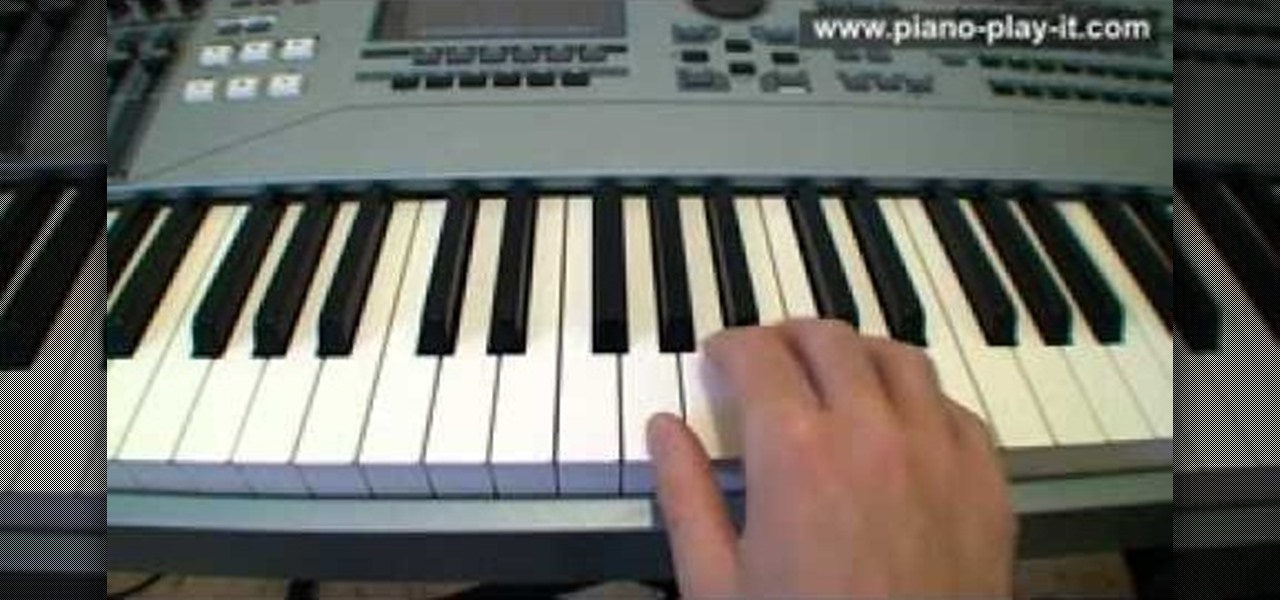
How To: Form and learn about suspended chords on the piano
A suspended chord is a chord in which the third has been omitted to be replaced by a perfect fourth or a major second. Because there is no minor or major third in the chord, the result is a suspended, or open, sound. This means a previous chord is carried over to the next chord.
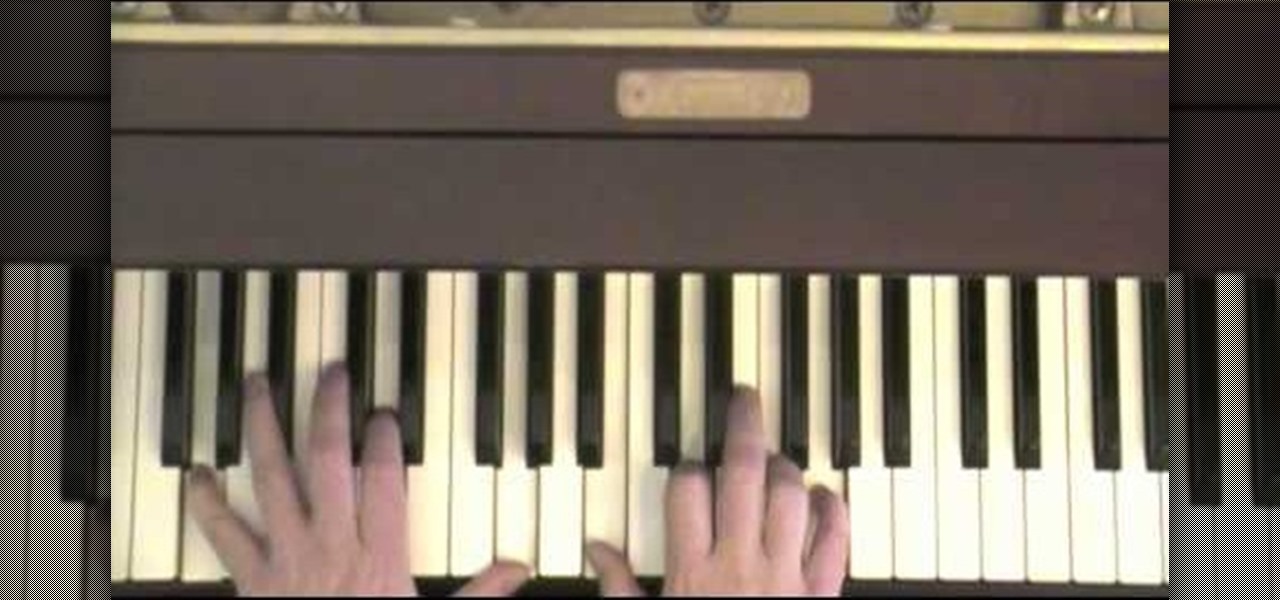
How To: Play "Your Mother Should Know" by the Beatles on the piano
"Your Mother Should Know" isn't one of the Beatles' most famous songs - it certainly hasn't garnered a sort of cult following like "Hey Jude" or "Yellow Submarine" - but it happens to be a song that's super piano friendly.
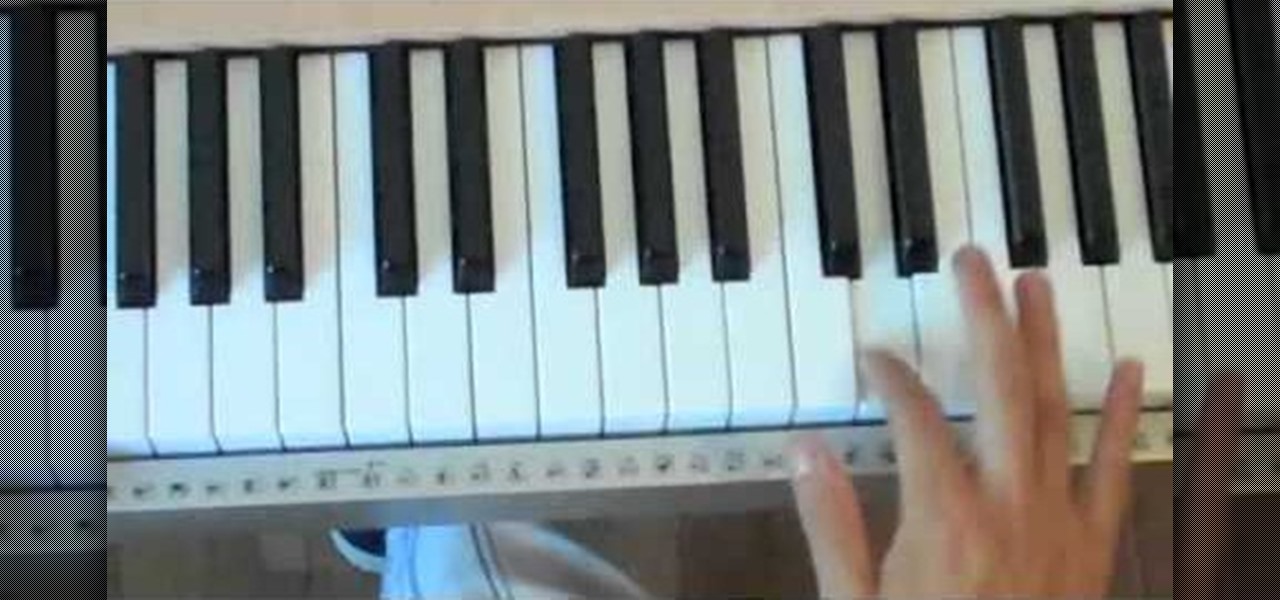
How To: Play "Break Your Heart" by Taio Cruz and Ludacris on the piano
"Break Your Heart" by Taio Cruz and Ludacris may not be the most romantic song in the world - it's about a player warning a girl about dating him because he's only going to, you guessed it, break her heart - but it certainly sounds like one of the best songs we've heard in a while.

How To: Play diatonic circle chord progressions on the piano with "I Will Survive"
Unless you're a music theory buff or taking AP Music Theory in school (forced or otherwise), then the only word in "diatonic circle chord progressions" that makes sense to you is "circle." But the fancy schmancy term is just an elaborate way of saying you're playing chord progressions based on the circle of fifths.
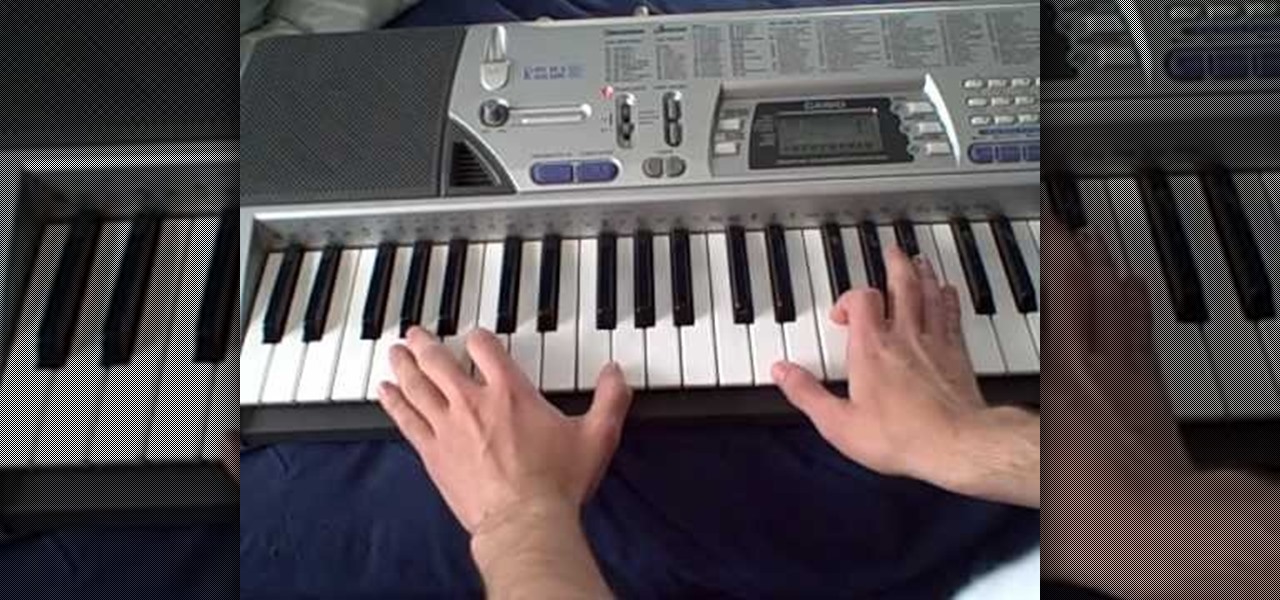
How To: Play "Still Around" on the piano by 3OH!3
Punky pop twosome 3OH!3 are eccentric to say the least. With songs that wax poetic in memorable and tasteful lines like "Do the Helen Keller and talk with your hips," it's impossible to ignore this pop group these days.
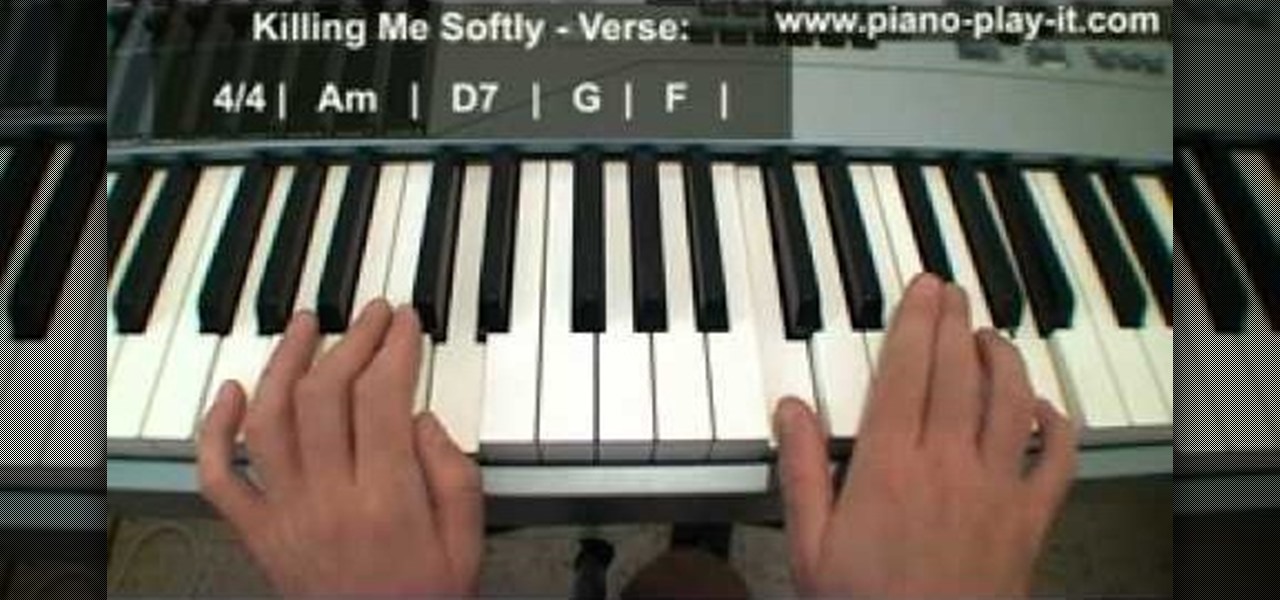
How To: Play "Killing Me Softly With His Words" by the Fugees and Roberta Flack
At one point or another you'be probably been in a relationship that resembles that which Roberta Flack sings about in "Killing Me Softly With His Words." The girl is madly in love with the guy but he's kind of, well, a douchebag who hurts her repeatedly. But she still hangs on.

How To: Play secondary dominant chords on the piano
To understand secondary dominant chords on the piano, it's vital to know what dominant chords are. Generally in a song they're the first note played and the last note played, as well as comprise the most tense point. Secondary chords are dominant chords that match up with other scale degrees in a scale.
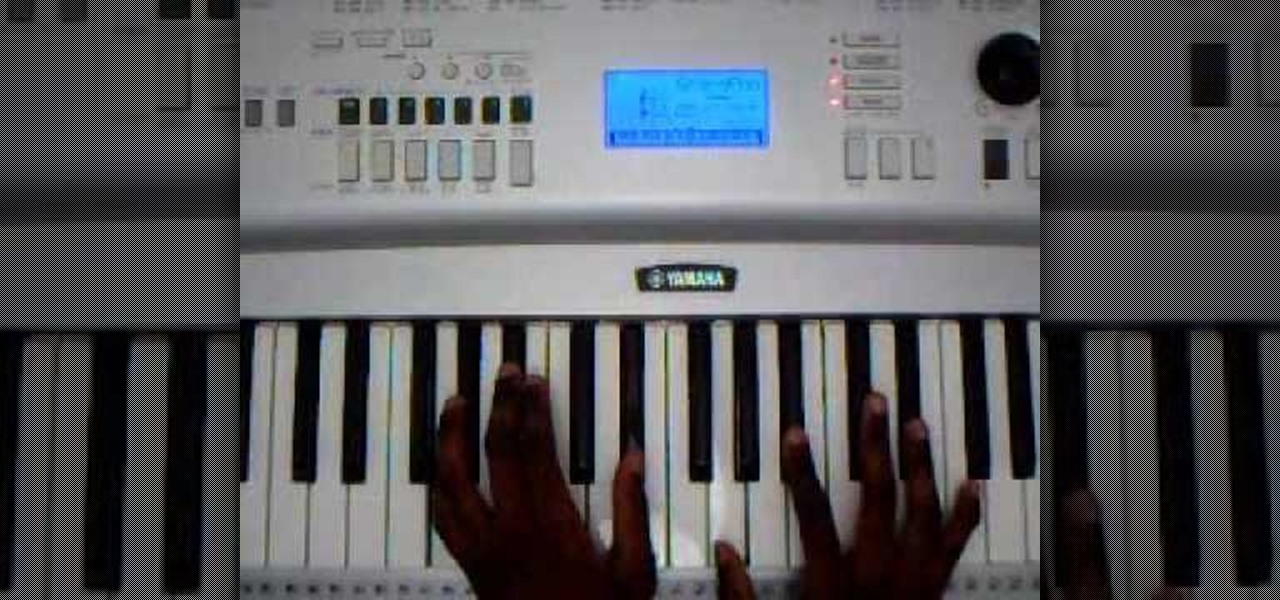
How To: Play Guy's "Let's Chill" on piano
In this video, we learn how to play Guy's "Let's Chill" on piano. This is a smooth song written in F minor. The first chord is a D flat major 7, then F, A flat C, A flat, then C. Continue on to play a suspended chord, then an F flat, E flat, F flat, then regular F flat minor. Continue to play through this until you have the introduction finished. Once this is done, continue on through the rest of the song with the same chords throughout the song. In time, the song will come together and the e...
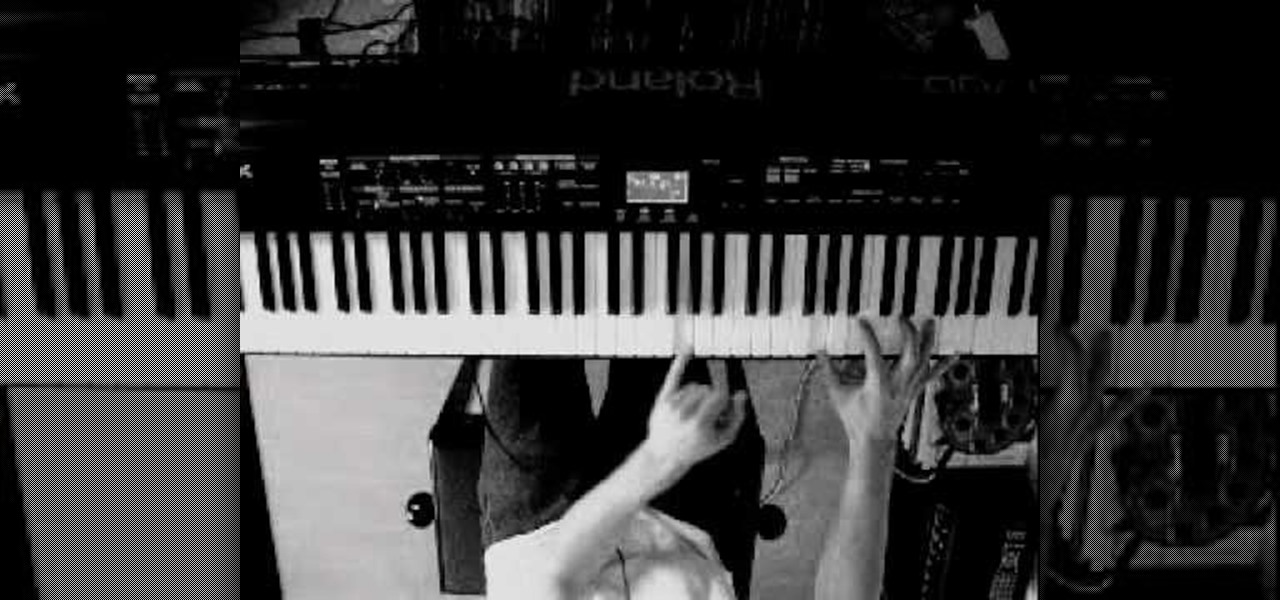
How To: Play "Ballade pour Adeline" by Paul de Senneville
In this video, we learn how to play "Ballade pour Adeline" by Paul de Senneville. This is a very quiet and beautiful song that will take some practicing to get used to. Once you start the song, you may want to break it up into smaller parts so you can learn those before you tackle the entire thing. Once you have the different parts memorized, your fingers will start to remember the movements of where to go. Put the entire thing together and play with the different keys to get beautiful sounds...
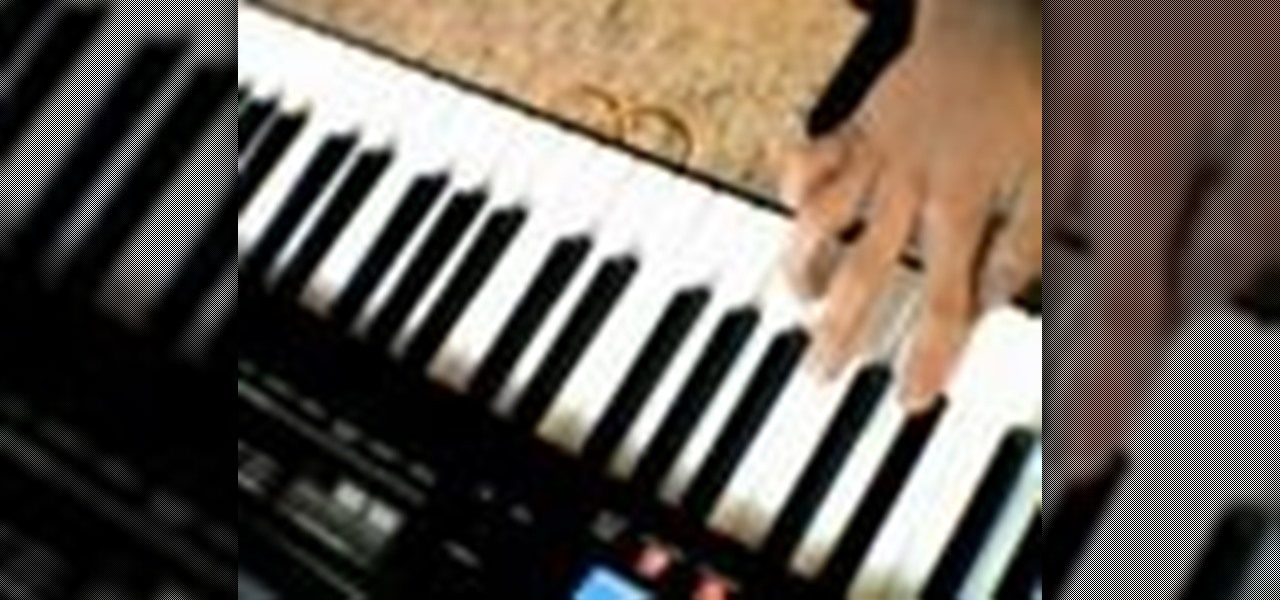
How To: Play the Warner Brothers theme song on piano
In this video, we learn how to play the Warner Brothers theme song on piano. As you learn to play this song on the piano, you will start out slowly. Do the first part of the song and learn the first few keys that you need to play. As you progress, start to learn the different verses. Once you have these down independently, start to combine them all together. Once you finish, go through any spots that you need to perfect. Once you have finished these verses, play all of the verse together and ...

How To: Play "Here Comes the Sun" by The Beatles
In this video, we learn how to play "Here Comes the Sun" by The Beatles. Start out with your hands across the piano with your fingers around the A, E, and C keys. Start off by playing the melody so your fingers can get a feel of how the different keys are played. Go slowly doing different sections of the song, then put it all together. There will be D and F# keys being played, but those will come towards the end of the melody in the song. Once you learn to put all the key together, you can pl...

How To: Play the solo from "In My Life" by The Beatles
In this video, we learn how to play the solo from "In My Life" by The Beatles. You can play this straight, the way it's played on the piano, or another way. If you just play it like this, you are going to have a very difficult time getting the keys to sound correct. The other way you can play this song is to use the chords as well. When you do this, the song will come out with a better sound and be more put together than the other way. Add in the words to the song and sing along as you go to ...
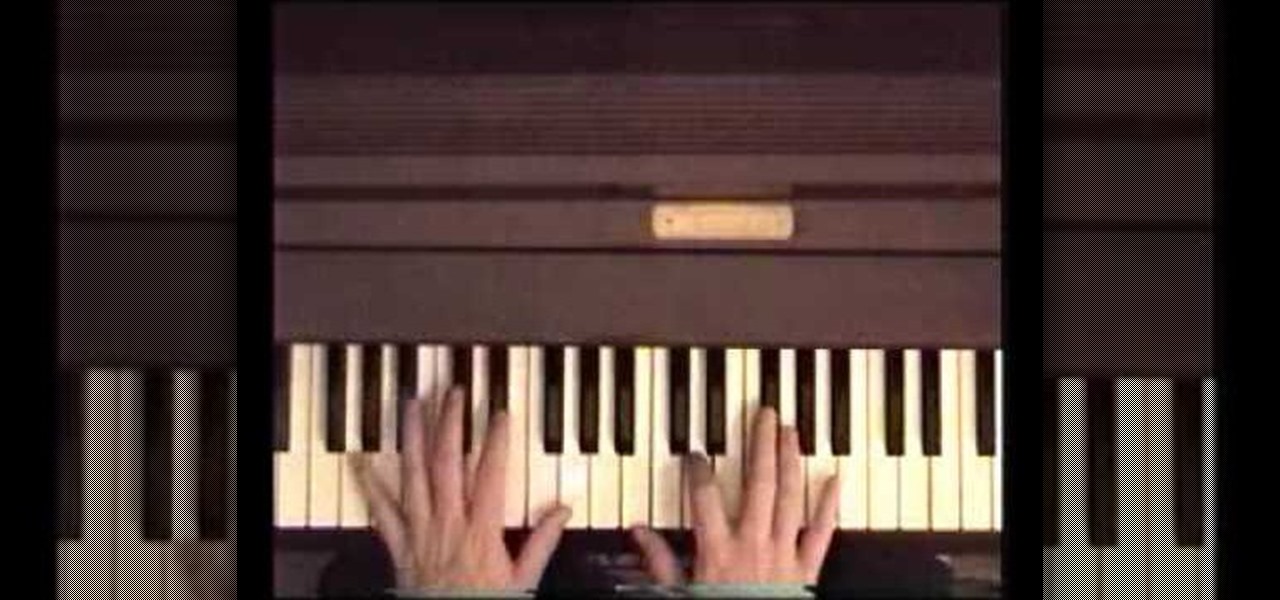
How To: Play "Penny Lane" by The Beatles
In this video, we learn how to play "Penny Lane" by The Beatles. The keys you will play at first are: B, D#, F#, B/D#, F#, and B. There is a style you have to employ to get this to work on the piano. Each note is played separately when you do it on the piano, so don't combine the notes together as you are playing. Make sure you are keeping the notes in sharps. The next notes are: B, D#, F#, A#, D#, F#, and A#, From here, the next ones are the same except with a G# at the end. Continue to play...

How To: Play the song "Teenage Dream" by Katy Perry on piano with sheet music
Katy Perry is a certified sensation, and if she inspires you to play the piano then she's done at least one good thing today. This video will teach you how to play her single "Teenage Dream" from the eponymous album. You can even check out the sheet music at the creators websites here.
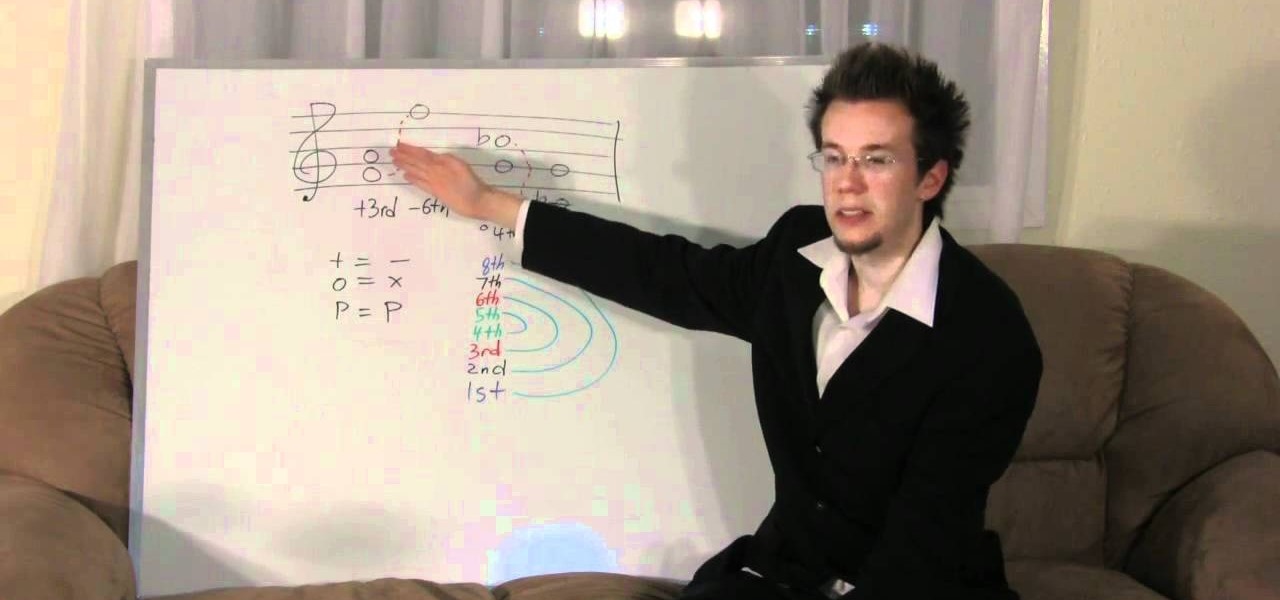
How To: Create enharmonic changes and invert them on the piano
An enharmonic equivalent doesn't sound like fun, but in fact the term is fancy jargon for a rather simple concept: it is the duplicate of a note, key signature, or interval that is spelled differently. So two notes are enharmonic if they have the same pitch but are named differently. At least, this is the basis for enharmonic equivalents.
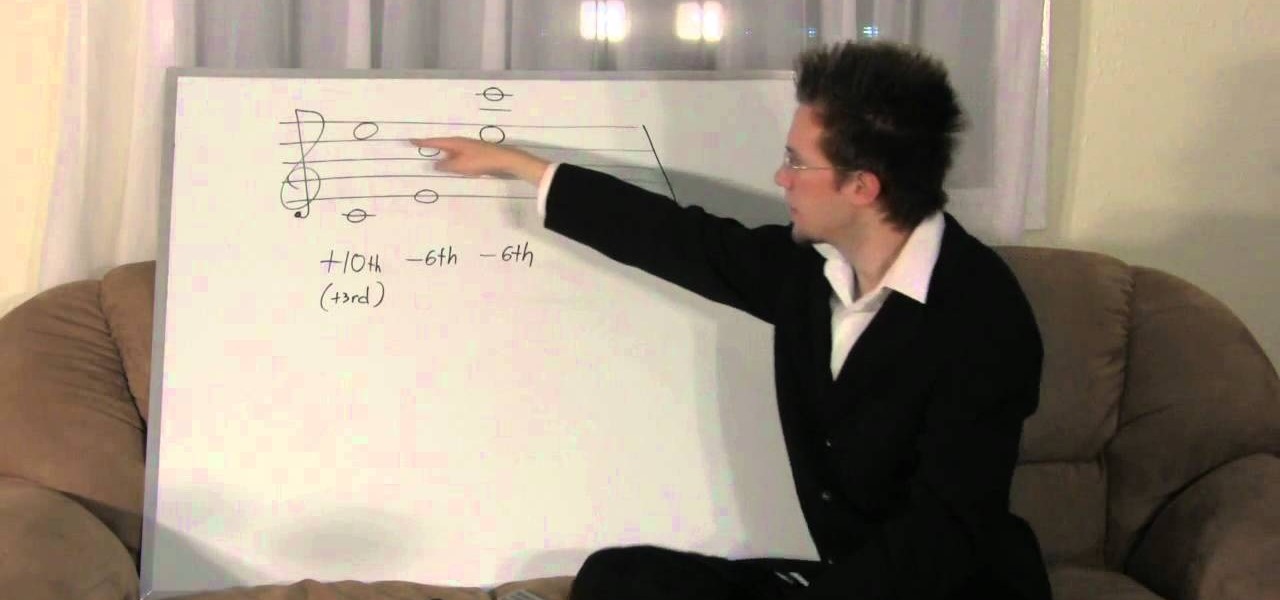
How To: Play compound intervals and invert them on the piano
In this piano music theory lesson you'll go over something of a more advanced piece of music theory: compound intervals.
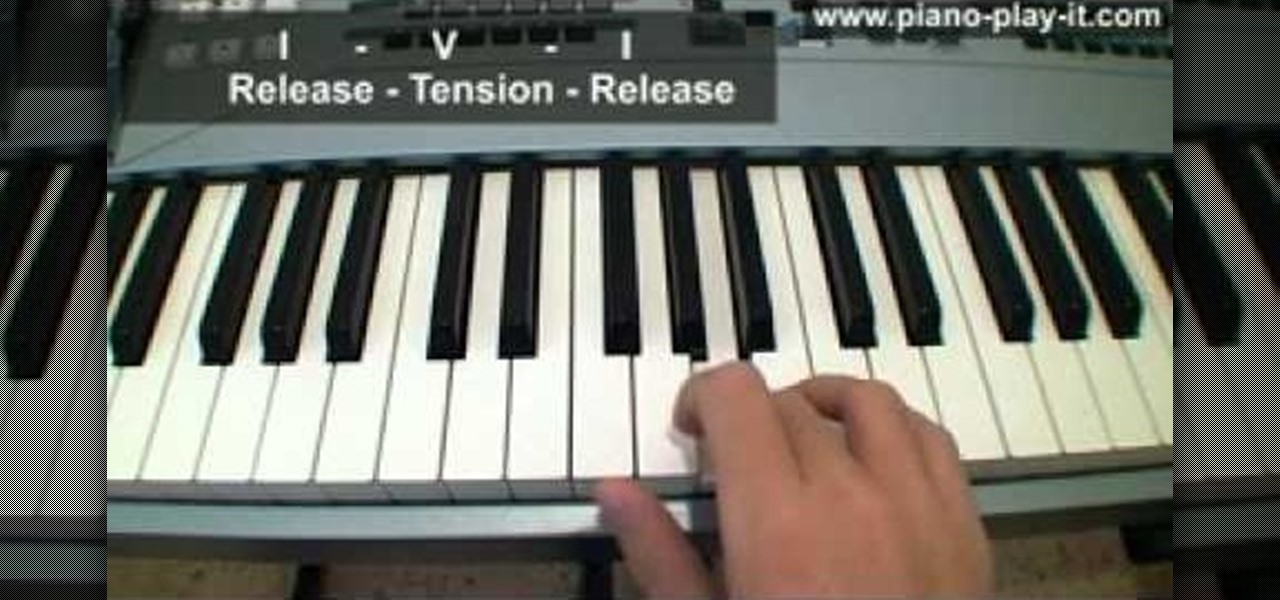
How To: Use three basic chord degrees to build chord progressions
If you're a piano player, you're probably already frustrated enough with your weekly piano lessons, practicing every day, and memorizing songs to play. We realize that becoming a concert pianist is hard work, so we're here to help you out, even if it doesn't seem so at first.
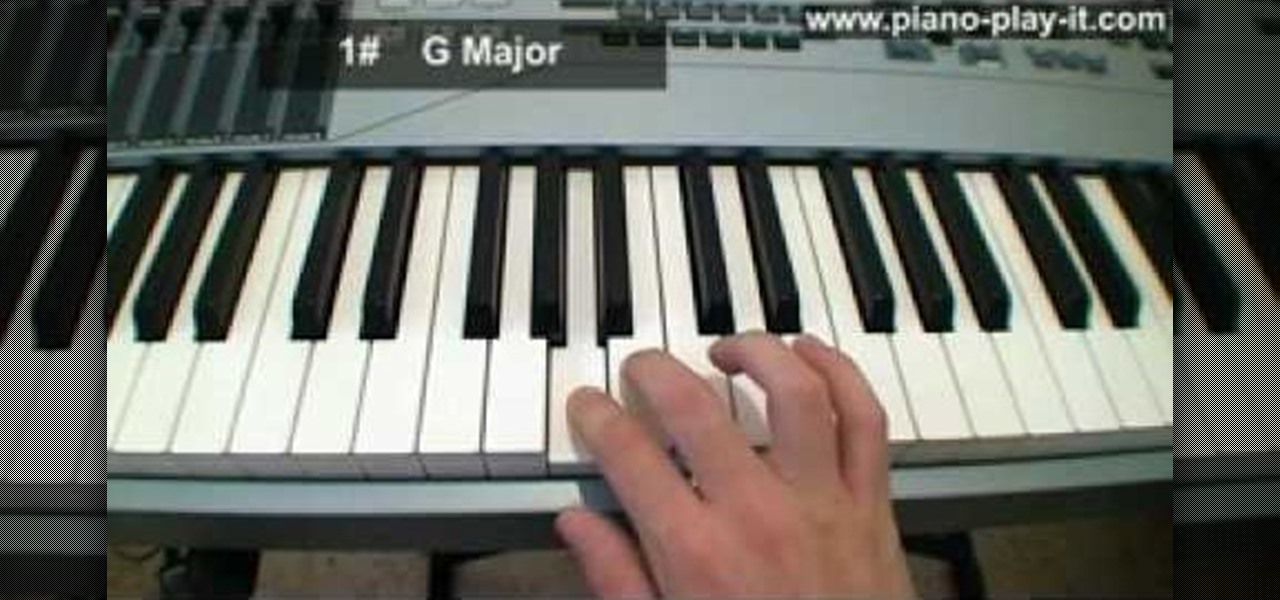
How To: Play the circle of fifhs on the piano
The circle of fifths sounds like some sort of "Lord of The Rings" council of high elves, but all this term really denotes is how major and minor scales are connected on the piano (a lot more boring than the high elf stuff, we know).
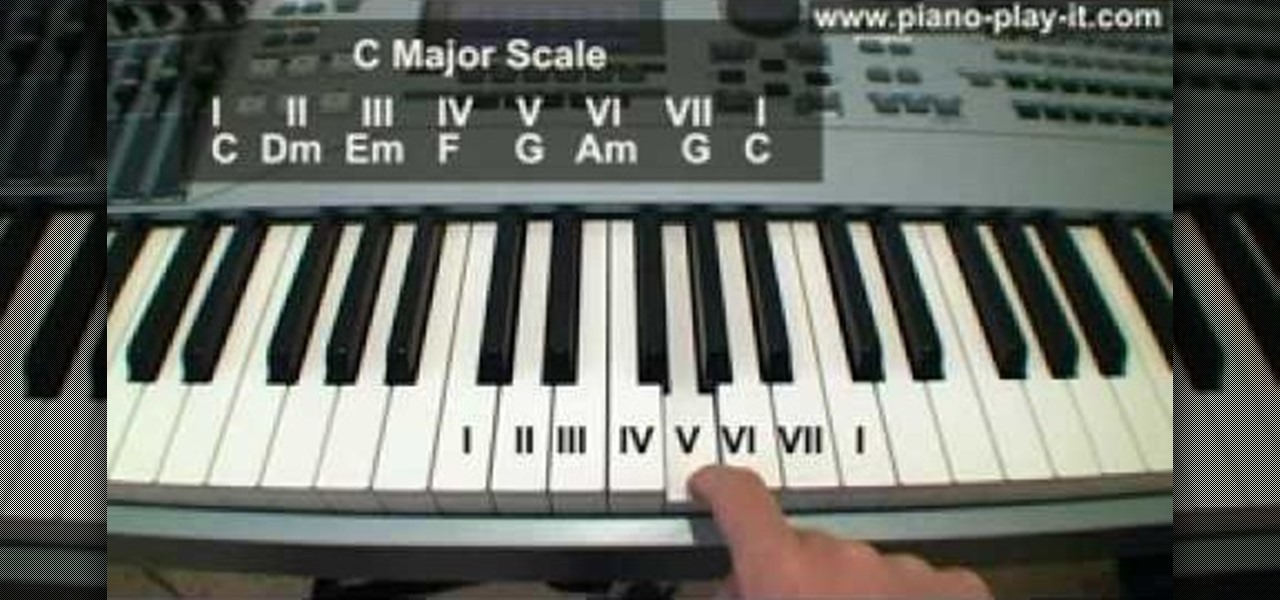
How To: Recognize which chords belong to which piano scales
Don't you dare touch that piano until you've watched this helpful lesson in piano music theory! While practicing scales alongside your piano teacher is super important to becoming a master piano player, you can't skimp on the music theory.
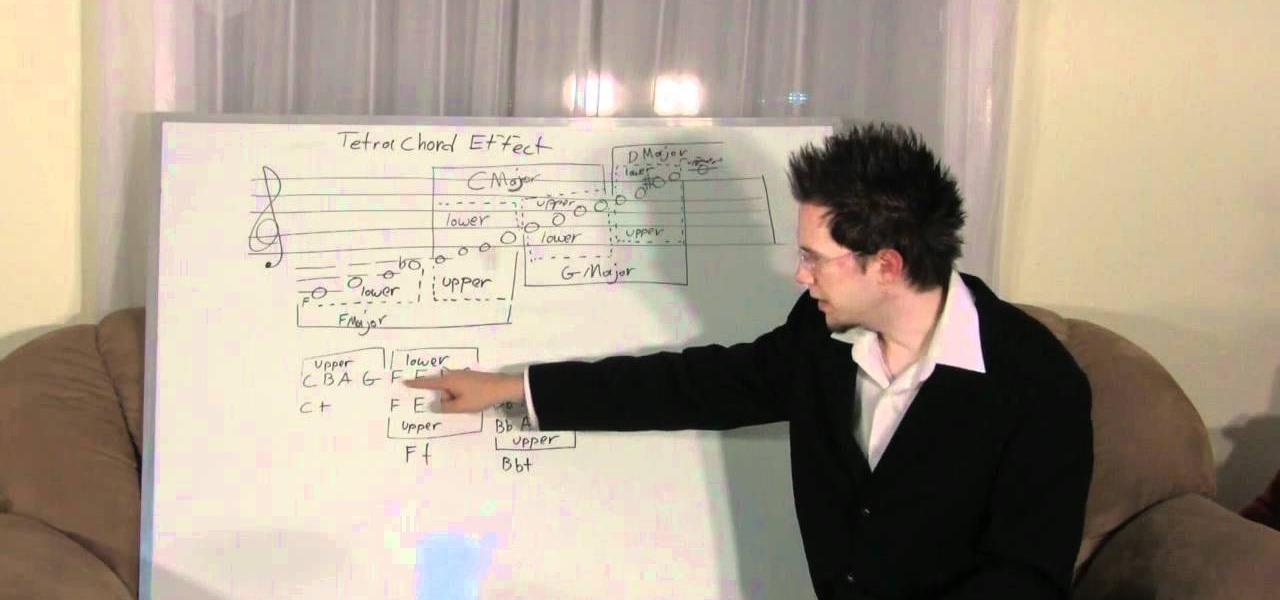
How To: Play the tetra effect, pentatonic scale, and whole tone scale on piano
Rapper Lil' Wayne has admitted he can't read, instead citing that his musical prowress comes naturally to him. While this may work for the musician, most piano players, singers, and sax players can benefit from a lesson in music theory or two.

How To: Play the melodic minor scale on the piano
What's the difference between a harmonic minor scale and a melodic minor scale? Well, a melodic minor scale is the scale you'll play that acts as the main tune, or melody, of a song, while a harmonic minor scale is the scale you'll play to harmonize or complement the melodic tune.
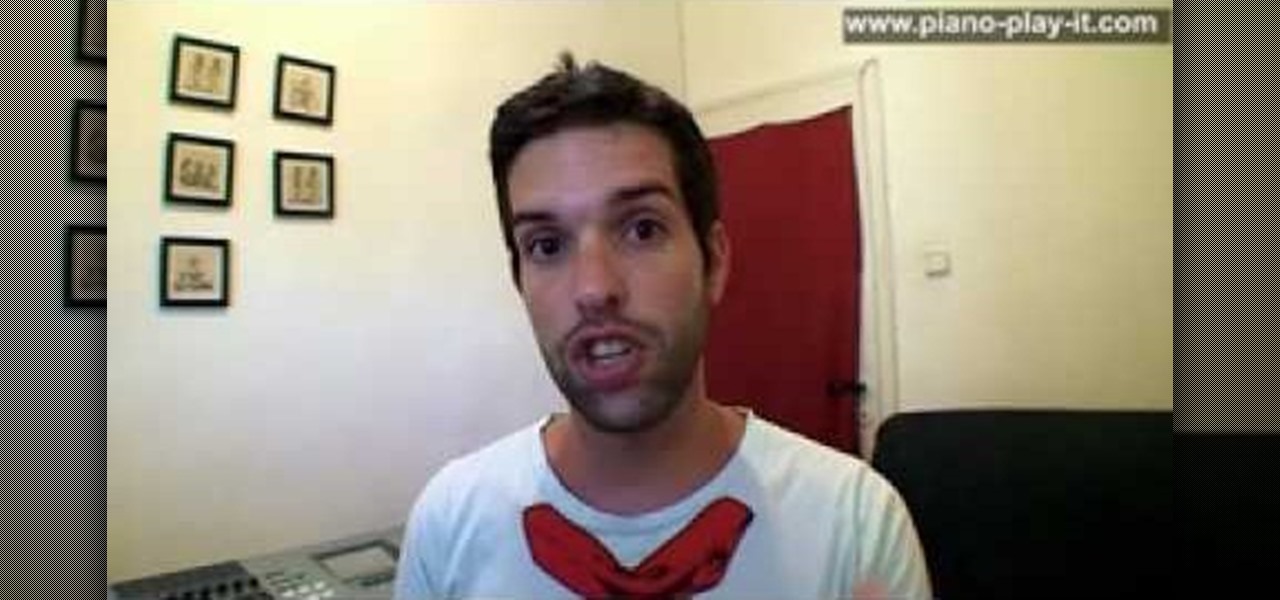
How To: Play the harmonic minor scale on the piano
This tutorial teaches you how to play the harmonic minor scale on the piano, which is important because the scale is featured in many songs. Some things to remember: the seventh note is the leading note, and the first note of the scale is what the scale is named after.
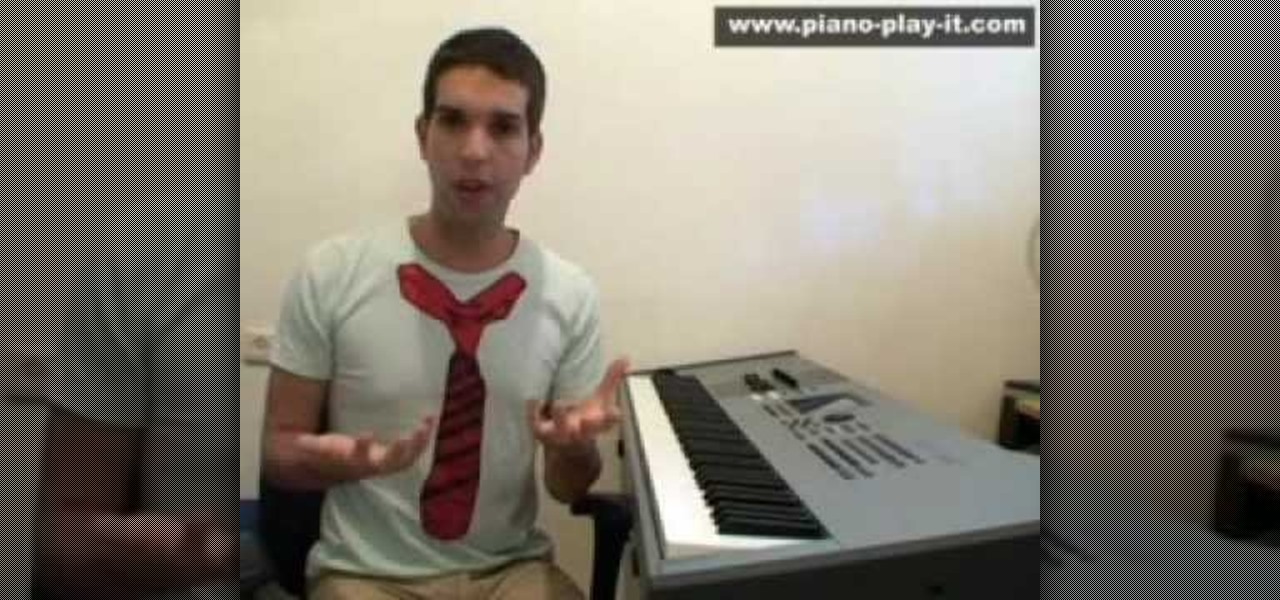
How To: Fall to a piano key for begginers
In this tutorial, we learn how to fall to a piano key for beginners. First, you need to have an arm technique down that will allow your arm to fall down and help your arm have more power. Then, you will need to activate your fingers in the correct way to help them fall to the right keys at the precise moments. Using these techniques will help you avoid stress to your body while you are playing the piano. When you practice these more, you will have a better time playing the piano, and more pre...
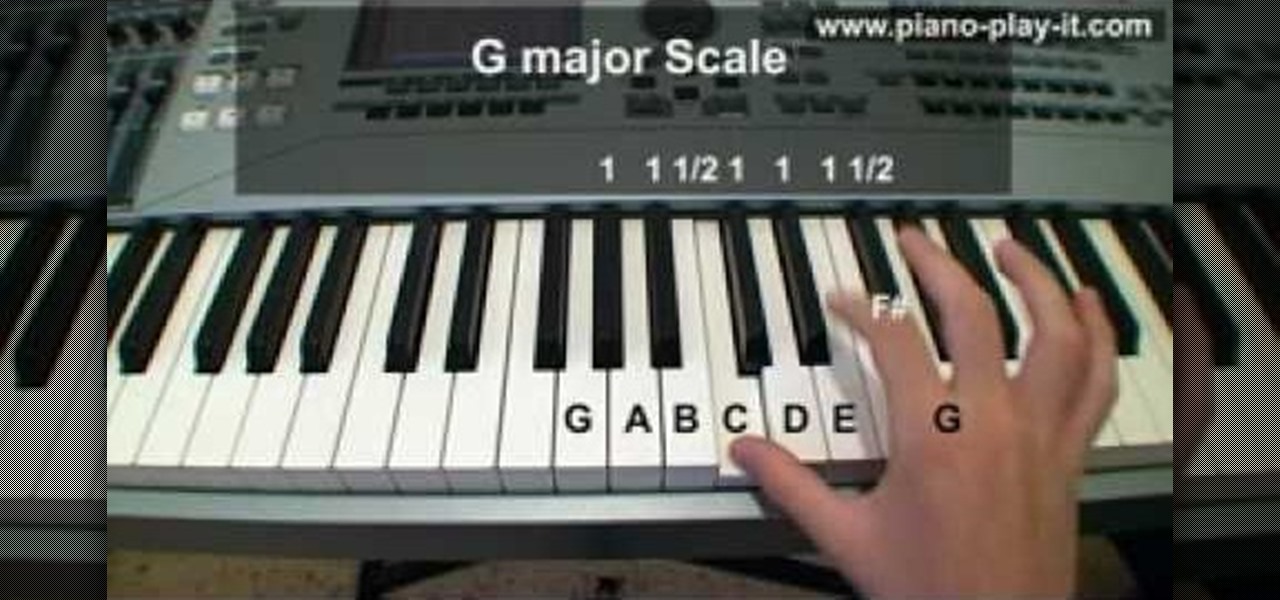
How To: Play the G major scale on the piano by comparing to the C major scale
We we first started playing the piano, we thought every scale other than the C major scale was just too darn difficult. Too bad we didn't have this clever video to help us out!
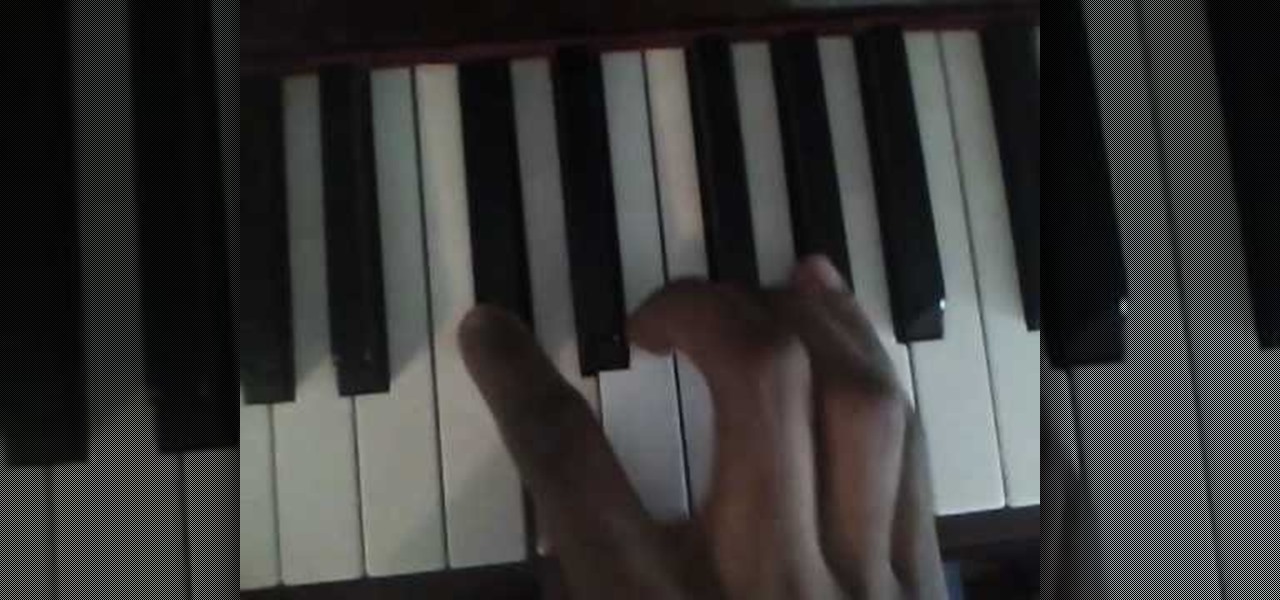
How To: Play the song "Nightmare" by Avenged Sevenfold on piano
Avenged Sevenfold has been one of the biggest rock bands in the world for a long time, but their most recent single "Nightmare" might be their biggest hit yet. It's a beautiful, haunting song, and like much of A7X's work it translates well to some furious piano playing. This video will show you how to play the song on piano or keyboard in the simplest terms possible, but it's a hard song if you are new to piano you might want to look elsewhere.

How To: Play all 12 major scales on the piano
As adults who were forced through numerous piano lessons as a child, we know one thing's for sure: Major scales are often the easiest to learn, and they're also the most commonly used scales in major songs. Which is why knowing how to play minor scales is so important to improving your skills as a piano artist.

How To: Play the A minor scale on the piano for beginners
Major scales give a song harmony, peace, and coherence, but minor scales (often thought of as their sour cousin) add interest. Which is why even popular pop songs commonly inject key changes to let rip a minor scale that sends the song from boring to Billboard.
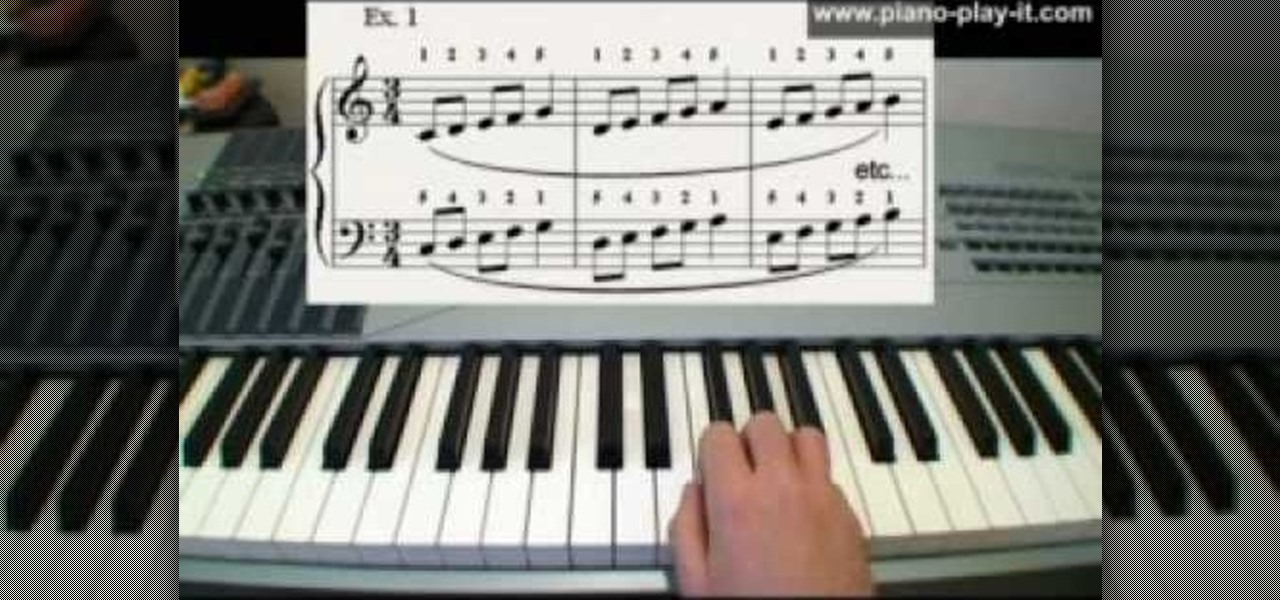
How To: Strengthen your piano playing with exercises
Doing piano exercises improves your strength and dexterity in your hands and wrists. It helps you to become more comfortable with the geometry of the keyboard. You should do exercises everyday for at least 5 minutes a day. Practicing everyday sets a routine and a habit of playing.
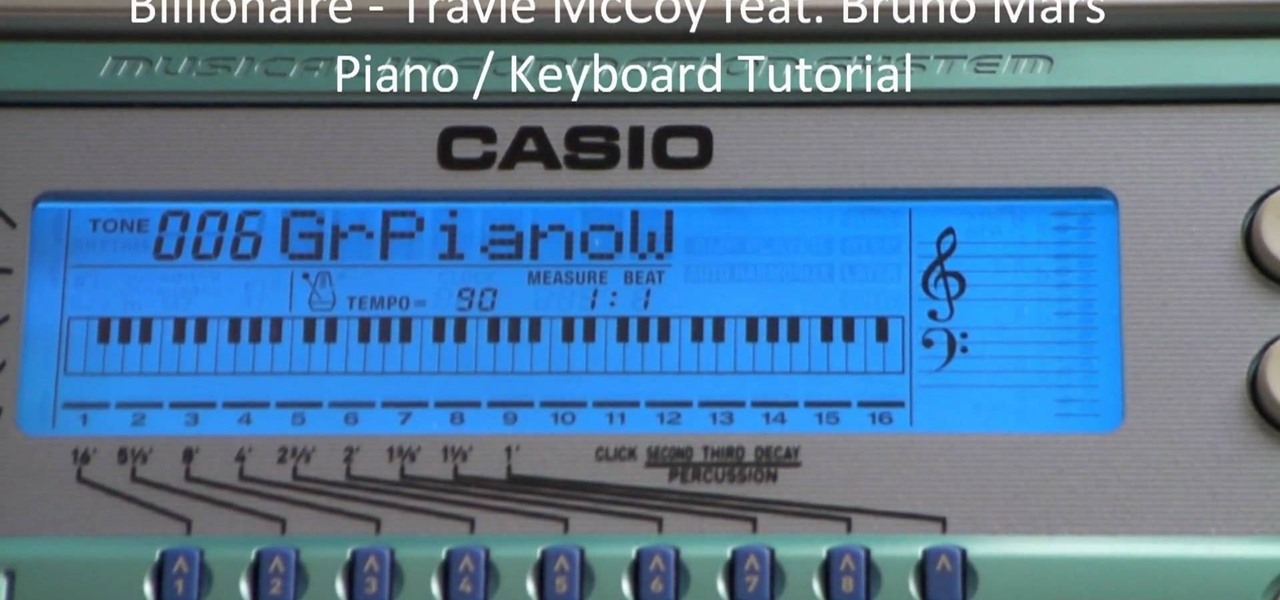
How To: Play Travie McCoy and Bruno Mars "Billionaire" piano
The Travie McCoy ft. Bruno Mars track "Billionaire" is a prefect summertime anthem, and it translates really well to the piano. This video features a British person teaching you how to play the song on a piano or keyboard, which isn't too hard and is sure to make you the star of the next party you go to where there's a piano to play.
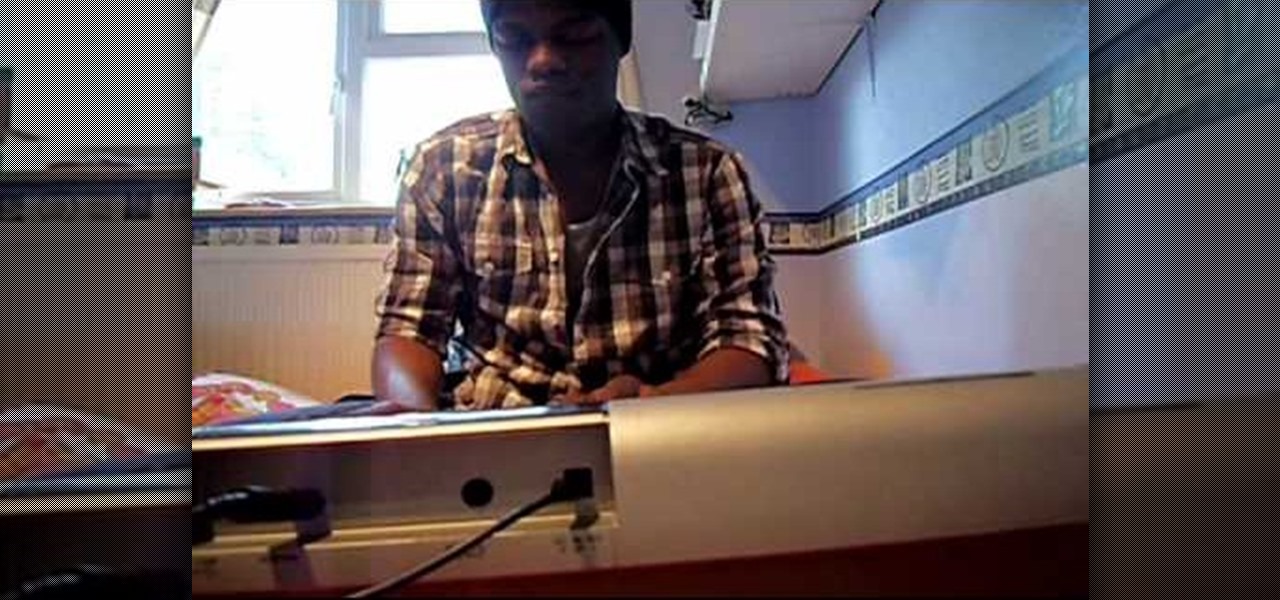
How To: Play the Travis McCoy song "Billionaire" on piano
The Travie (or Travis, who knows?) McCoy featuring Bruno Mars song "Billionaire" is a big hit, and a fun song for anyone who wishes that they had more money. This video will teach you how to play the song on piano or keyboard quickly and easily, if you have enough money for one.
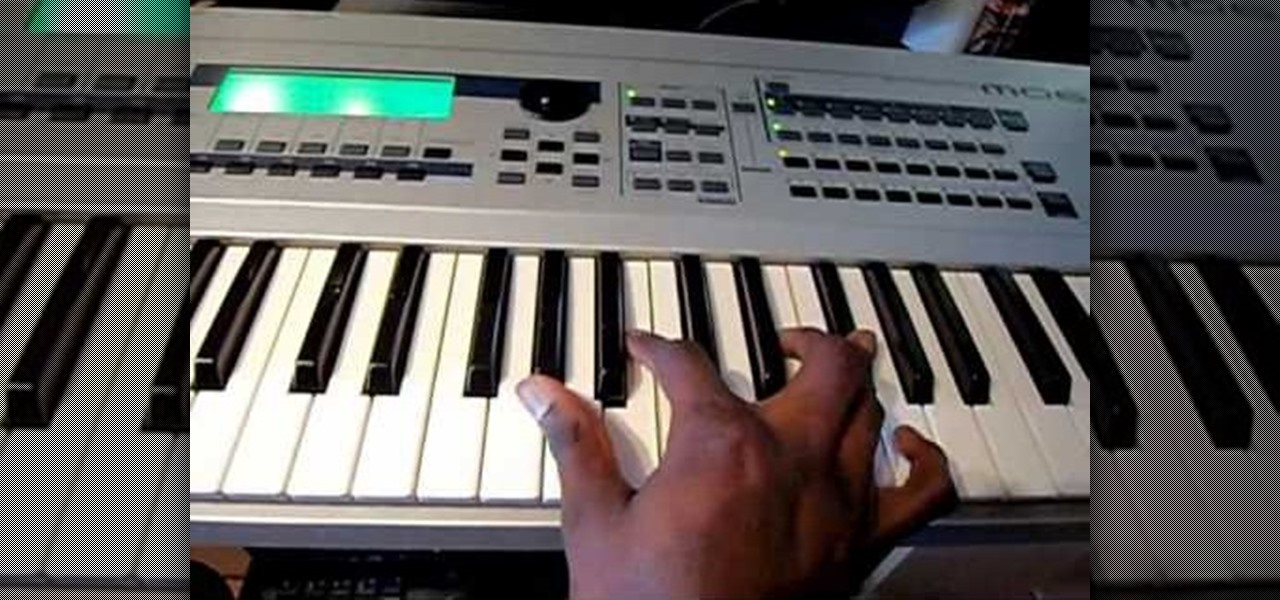
How To: Play the B.o.B song "Don't Let Me Fall" on piano
The B.o.B song "Don't Let Me Fall" is a wonderfully melancholy song, and the piano part is beautiful and full of longing. This video will teach you how to play that part on piano or keyboard quickly and easily.
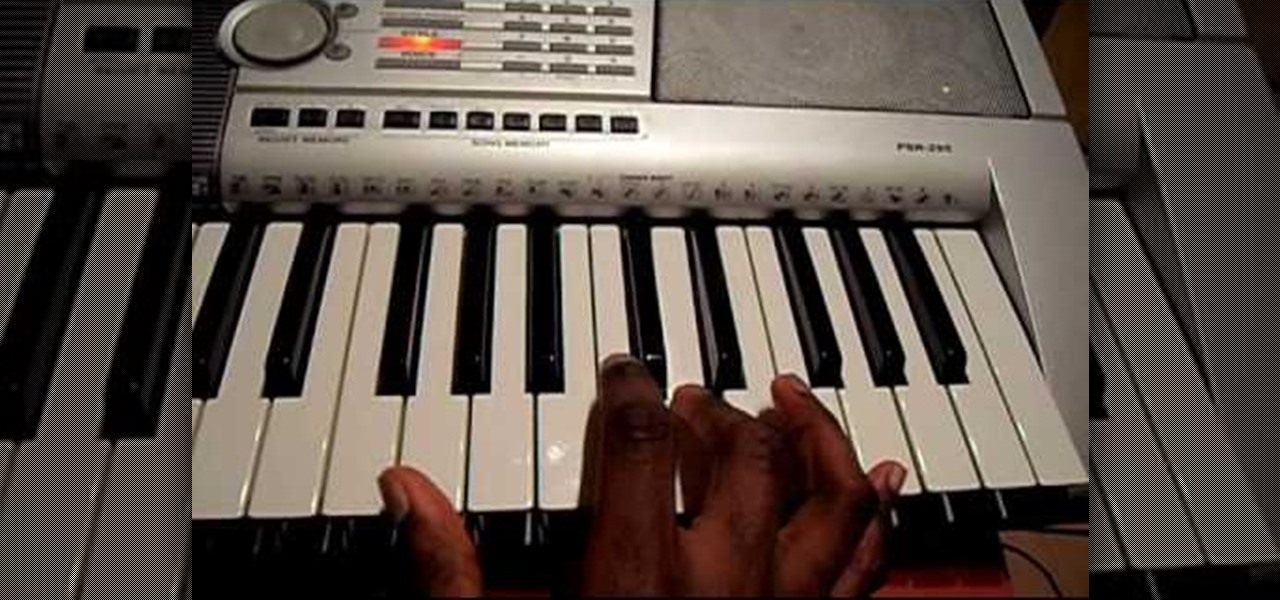
How To: Play the Bruno Mars song "Again" on piano
Bruno Mars is one of the finest voices in RnB today, and his song "Again" is a beautiful manifestation of his talents. This video will show you how to play the awesome piano part to the song quickly and easily. Now you just have to work on singing like Bruno Mars to accompany your playing. Good luck with that.
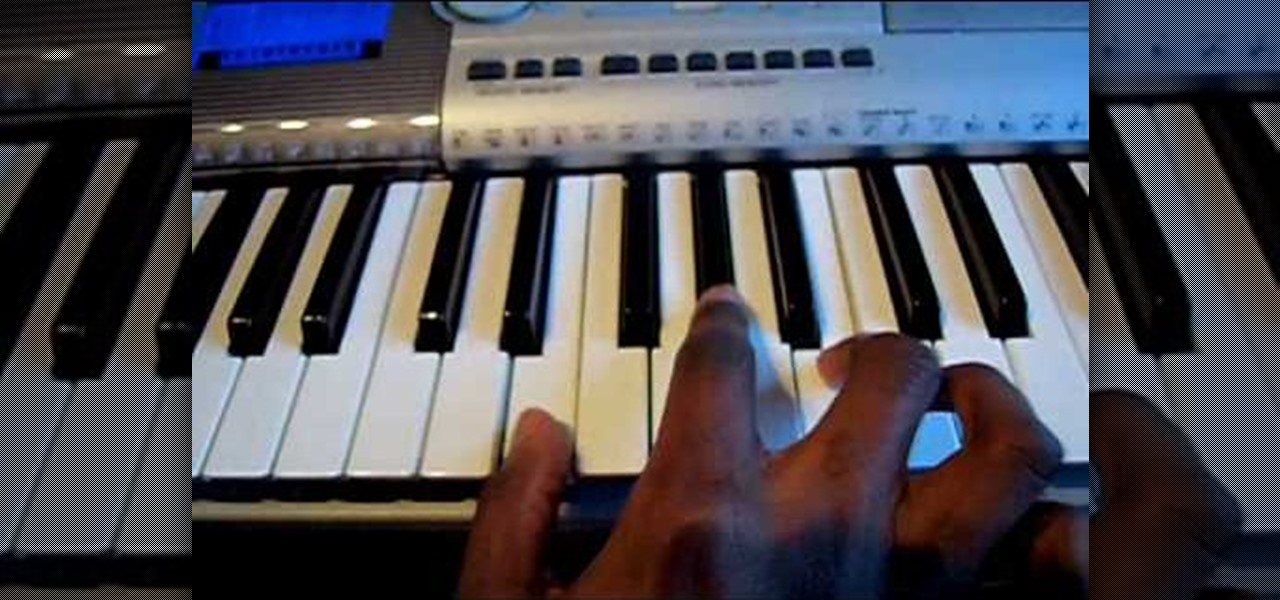
How To: Play "Opposite of Adults" by Chiddy Bang on piano
Chiddy Bang's anti-adulthood anthem "Opposite of Adults" is one of a long line of such songs to do well on the radio. If you like the song too, and play a little piano, this video will teach you how to play the song on piano or keyboard. Once you start, this thing is so damn catchy you won't be able to stop.
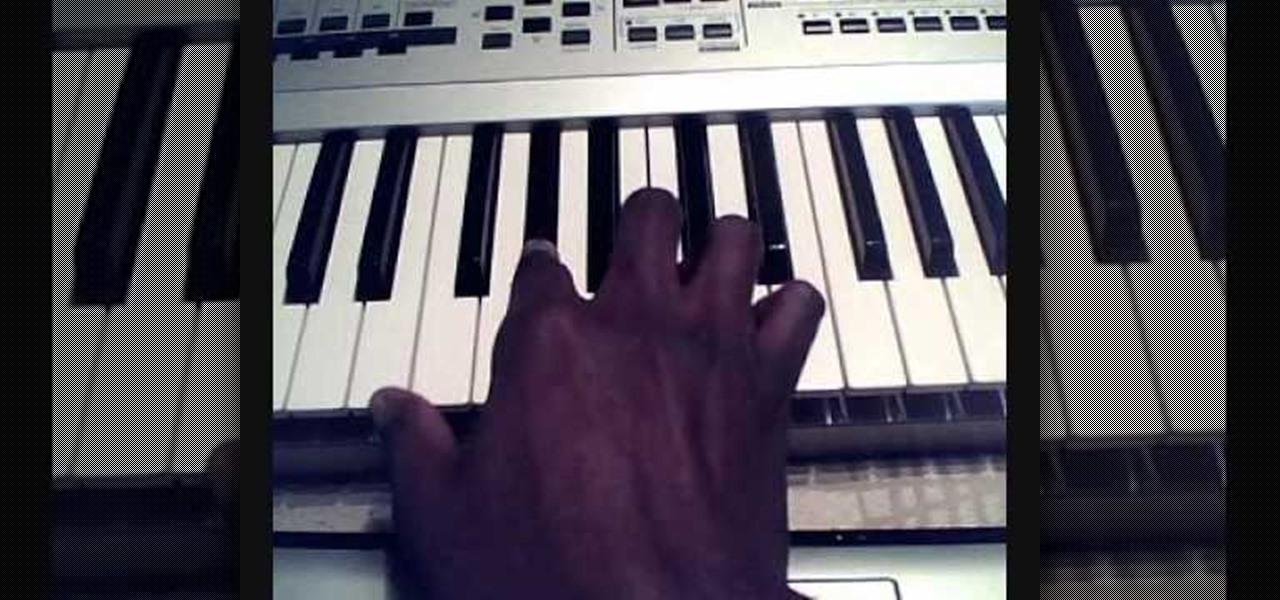
How To: Play a cover of "Solo" by Iyaz on piano
Iyaz is the next singing sensation to emerge from the Carribean, and his hit single "Solo" is awesomely catchy. This video will teach you how to play it on the piano or keyboard quickly and easily. The video only shows the left hand part because that is the backbone of the song, and the right-hand part is up to you to interpret as you see fit.
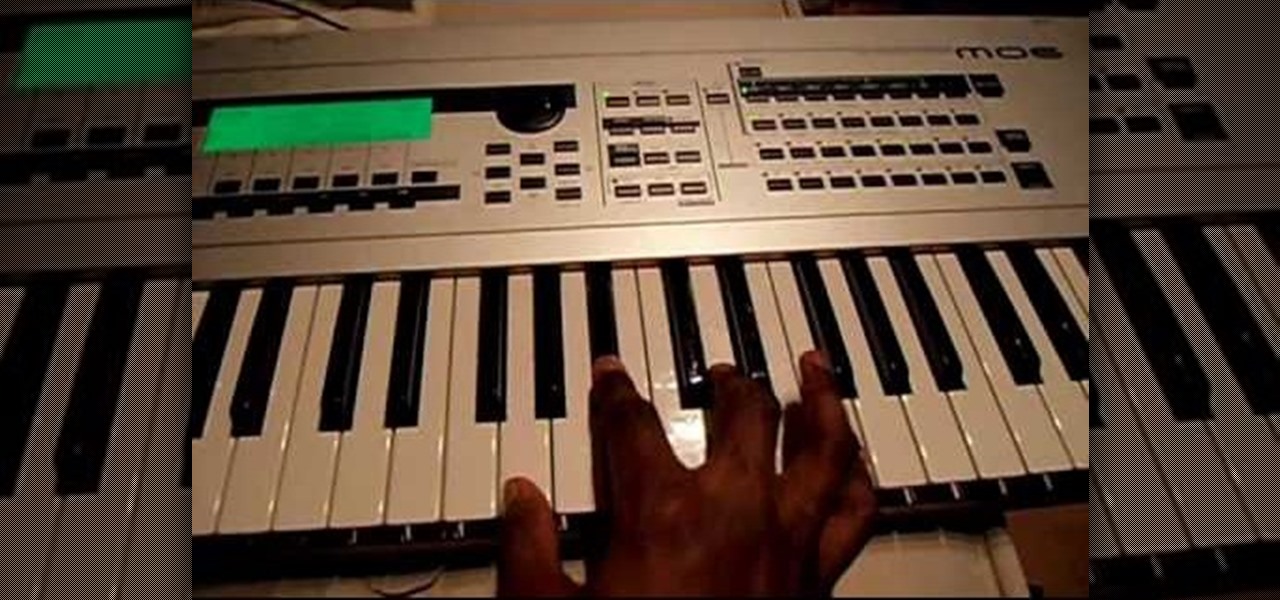
How To: Play "Nothin on You" by B.o.B ft Bruno Mars on piano
B.o.B has blown up all over the place, and it seems like you can't make a hit rap song without having Bruno Mars sing on it. Naturally, when the two got together, a hit was born. This video will teach you how to play the intro to their hit single "Nothin' on You" on piano or keyboard quickly and easily.



